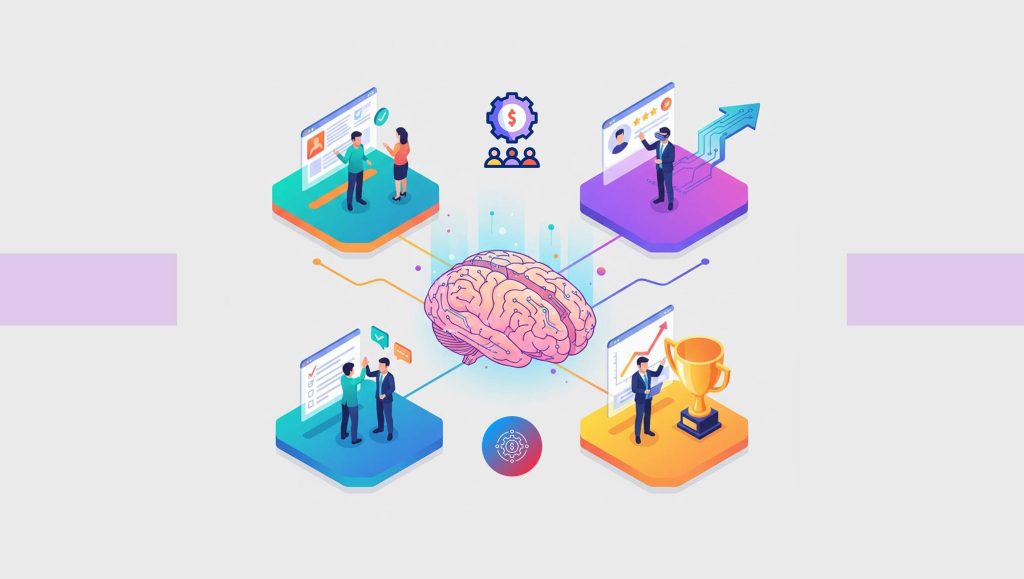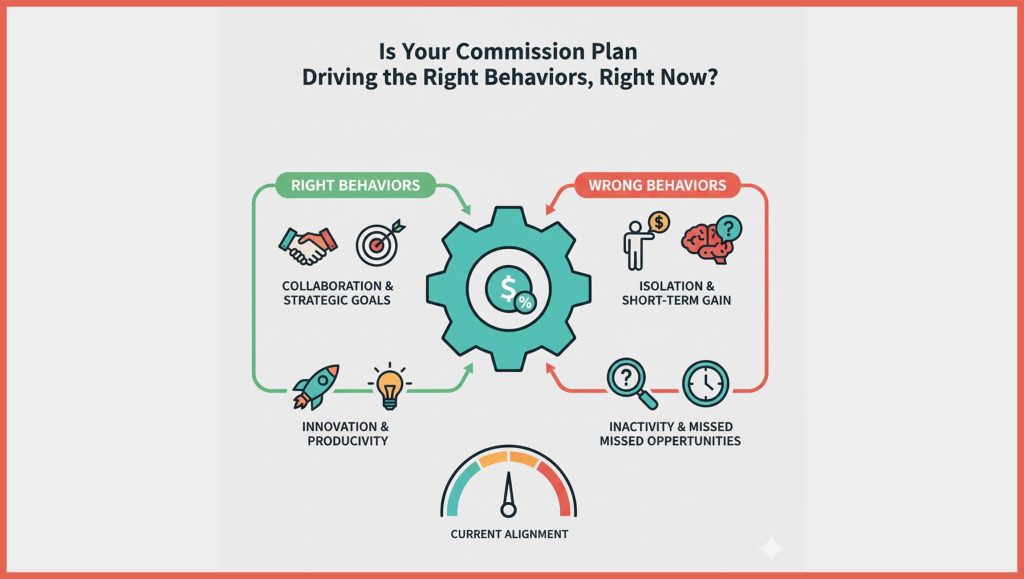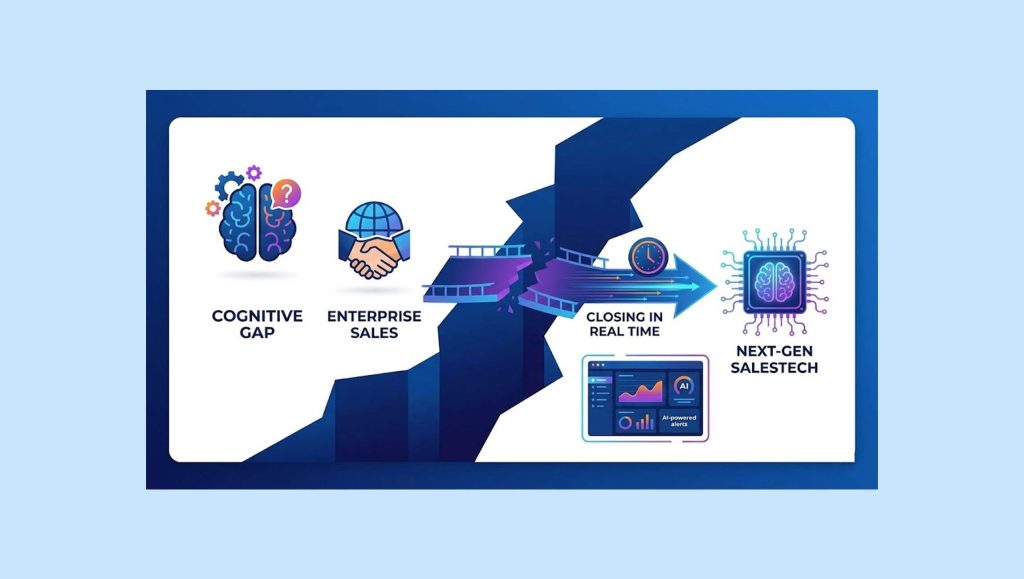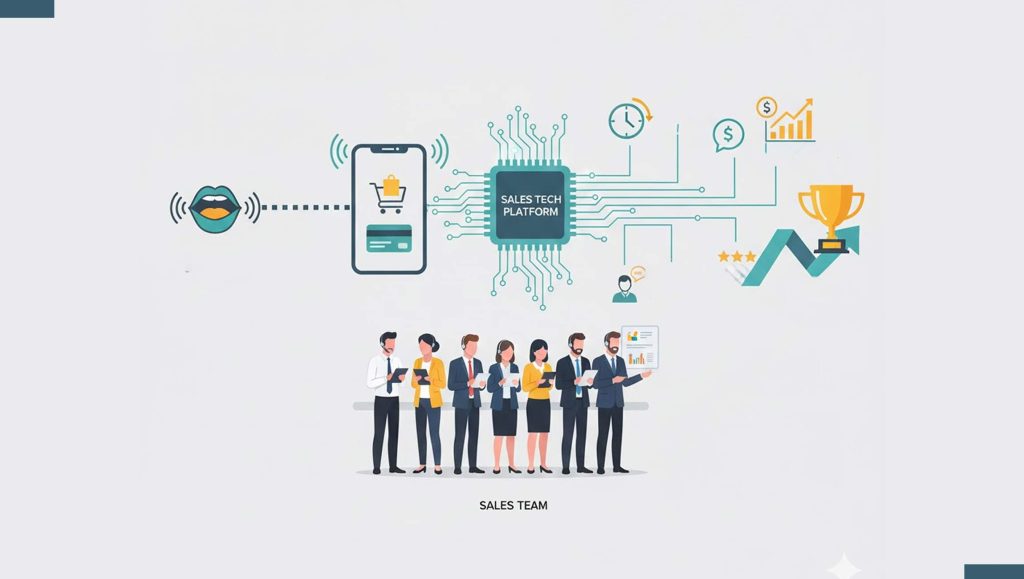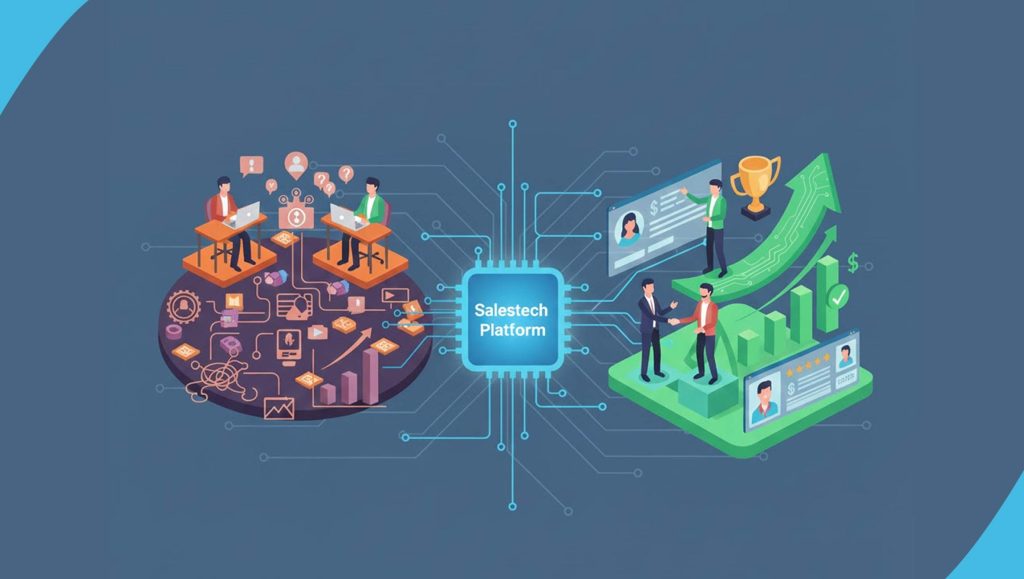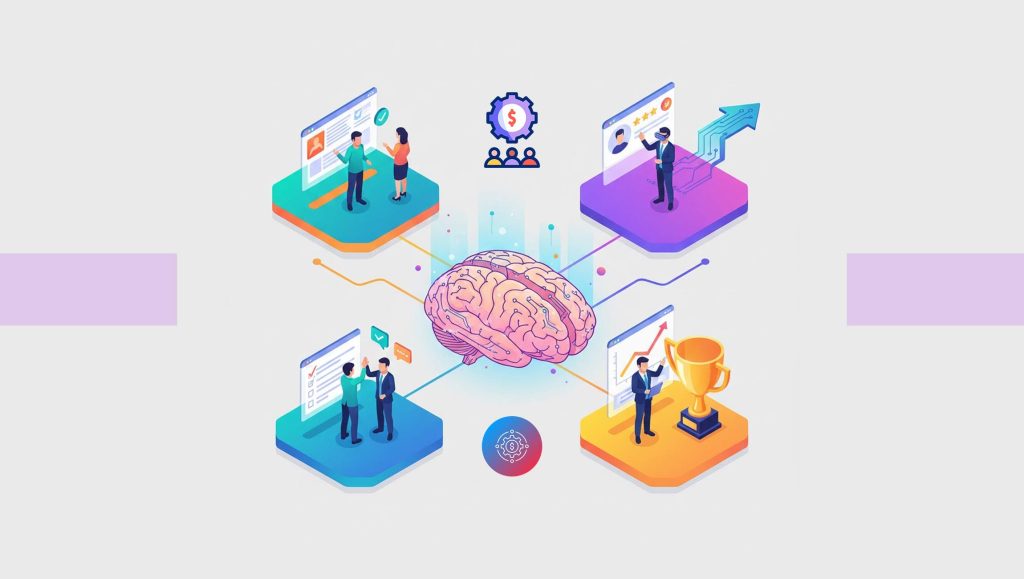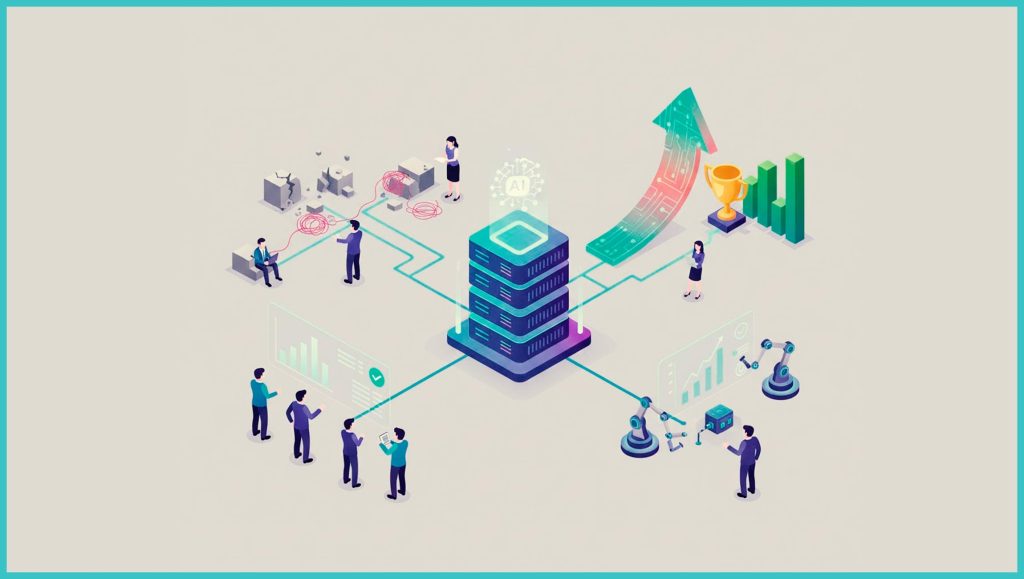Contemporary B2B companies are surpassing the conventional limits of sales enablement. There is a growing demand for data-based insights that cover all phases of the customer journey. This transition from standalone selling tools to comprehensive revenue intelligence platforms is enabling companies to enhance their entire sales process. This blog explores how integrated RevTech stacks are streamlining B2B sales.
Understanding the Shift to Revenue Intelligence
Businesses have come to understand that traditional sales enablement methods can only accomplish results to a limited degree. Companies now require solutions that integrate various functions while providing actionable insights.
-
Comprehensive Visibility:
Revenue intelligence gathers information on lead creation, development, and deal completion, allowing for a wider view of pipeline status. Teams can swiftly spot gaps and adjust their actions.
-
Predictive Analytics:
Revenue intelligence instruments utilize data analysis to predict prospects. When combined with CRM and marketing automation, they effectively forecast revenue trends, assisting teams in planning with certainty.
-
Coordination Among Departments:
Marketing, sales, and customer success frequently operate independently. Revenue intelligence eliminates these obstacles, guaranteeing that every department can access uniform data regarding customer behaviors.
Why Disjointed Tools Undermine Growth?
Disconnected sales platforms can obstruct seamless operations and delay important decision-making. When systems fail to communicate, essential data is lost, and potential revenue opportunities go unexploited.
In the absence of an integrated ecosystem, companies may face:
-
Errors in Manual Reporting:
Pursuing various data sets frequently results in inaccuracies, consuming time and distorting predictions.
-
Decreased Transparency:
Isolated tools obscure important metrics, leading to gaps that hinder teams from working together efficiently.
-
Inconsistent Customer Engagements:
When account records are disjointed, sales representatives find it challenging to provide tailored presentations.
-
Stalled Growth:
Inefficiencies that pile up cause missed revenue targets, dampening overall business momentum.
Unifying Sales, Marketing, and Customer Success with RevTech
An integrated RevTech stack promotes cohesive campaigns. Marketing teams run targeted outreach, while sales reps pick up leads with contextual information. Once deals close, customer success specialists gain a complete view of promises made, making renewals smoother. This strategy works because:
-
Centralized Data Reservoir:
With revenue intelligence at its core, all customer details reside in one repository. This eliminates guesswork and enhances strategic decisions.
-
Coordinated Messaging:
Uniform brand messaging helps prospective buyers receive clear, consistent communication across different channels.
-
Elevated Customer Experience:
A unified experience boosts satisfaction because clients don’t have to repeat themselves at every touchpoint.
Key Innovations Driving RevTech Adoption
Organizations aiming to streamline operations and boost revenue growth embrace game-changing features in their RevTech solutions. The main breakthroughs transforming B2B sales are as follows:
-
Cutting-edge AI and Machine Learning:
Predictive analytics pinpoint valuable leads, streamline lead evaluation, and recommend successful interaction strategies.
-
Conversational Intelligence:
By examining calls, emails, and chats, sales teams identify trends in buyer objections and develop improved follow-up approaches.
-
Automated Workflows:
Repetitive tasks such as data input or scheduling are assigned to automation, allowing sales representatives to focus on client interactions.
-
Smart Forecasting:
Revenue intelligence solutions blend past performance with market insights, delivering a flexible and precise perspective on future revenue.
-
Adaptive Analytics Dashboards:
Instant dashboards display performance patterns, notifying managers of inefficiencies and enabling prompt corrective actions.
Read More: SalesTechStar Interview with David Sudbey, Chief Customer Officer at Dialpad
What Powers a Comprehensive Revenue Intelligence Framework?
Forward-looking companies build a flexible RevTech environment that integrates multiple specialized tools. These solutions collaborate to form a robust pipeline that supports every step of the sales journey.
-
Customer Relationship Management (CRM):
Acts as the foundation for storing client and prospect data. A CRM integrated with revenue intelligence produces a unified view of each interaction.
-
Marketing Automation:
Helps generate qualified leads and nurture them until they are sales-ready, bridging any gap in the buyer journey.
-
Sales Engagement Platforms:
Manage outreach across emails, calls, and social channels. They also offer performance analytics that sync with other components.
-
Analytics and BI Tools:
Deliver deep visibility into pipeline metrics. Real-time dashboards ensure leadership can adjust strategies on the fly.
-
Collaboration Hubs:
Facilitate quick hand-offs between marketing, sales, and customer success, ensuring that deals progress without friction.
The Future of Sales Productivity and Revenue Growth
Integrating RevTech into everyday operations helps companies stay agile. The best systems transform raw data into insights that can reshape lead generation, qualification, and customer engagement.
-
Automated Recommendations:
Smart analytics suggest optimal follow-up timings and channels, boosting conversion rates.
-
Faster Decision Cycles:
Real-time updates on deals allow managers to react to pipeline shifts immediately.
-
Enhanced Cross-Selling:
Unified views of existing customer portfolios highlight opportunities for add-ons or upgrades.
Can AI-Powered RevTech Replace Human Sellers?
Automation can handle repetitive tasks and streamline processes, but it can’t fully replicate the nuanced empathy that sales professionals bring. Interpreting verbal cues, forging relationships, and navigating complex negotiations still require a human touch. AI-driven revenue intelligence merely guides these efforts with real-time data and predictive recommendations. Sales teams that blend technology-driven efficiency with genuine rapport-building stand the best chance of dominating future markets.
Conclusion
Integrated RevTech stacks are paving the way for a novel chapter in B2B interaction. By integrating marketing, sales, and customer success functions, organizations obtain holistic visibility that fosters data-driven strategies. The shift from conventional sales enablement to an integrated revenue intelligence framework is transforming the way organizations identify opportunities, connect with prospects, and ensure repeat sales.
Read More: Reducing Sales Burnout: How Sales Automation Supports Mental Health in Sales








